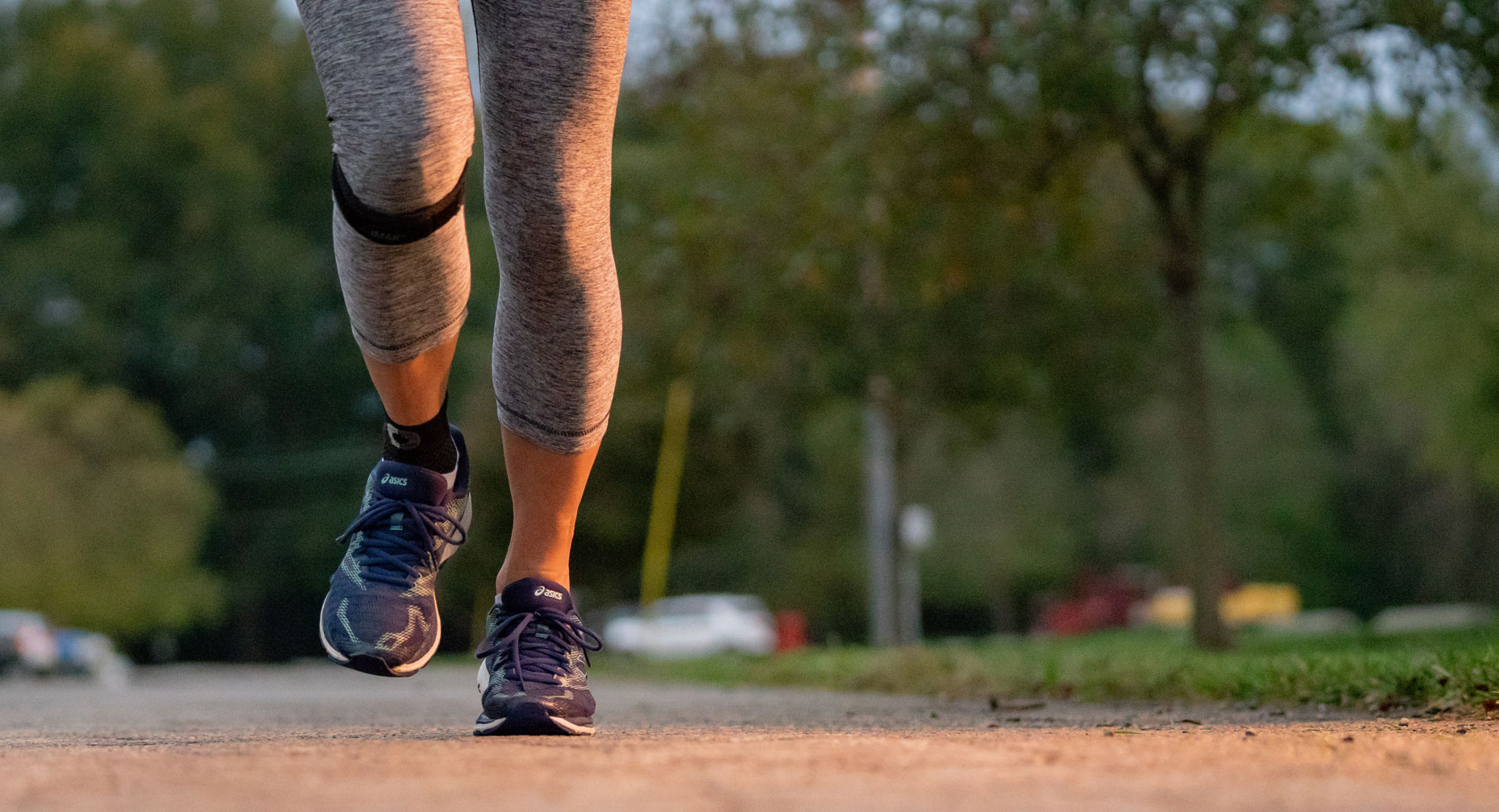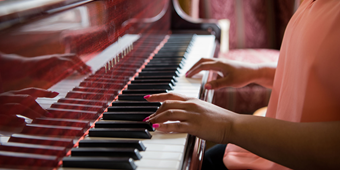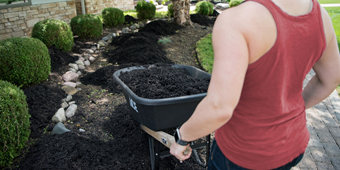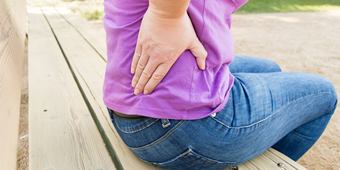Why Being a Woman Raises ACL Risk

Answer a few questions and we'll provide you with a list of primary care providers that best fit your needs.
Darn those double X chromosomes! As if periods and menopause weren’t enough, being female also means you’re at a higher risk for ACL injury.
Your ACL (anterior cruciate ligament) runs through the middle of your knee and acts as the Hercules of your knee joint. It connects the bones of your knee, like strong ropes, to promote stability.
Know Your ACL Injury Risk
Knee injury is one of the most common reasons people see their doctors, according to the American Academy of Orthopedic Surgeons (AAOS). And female athletes are more likely than males to suffer an ACL injury in certain sports. NCAA research shows that three of the four sports with the highest rates of ACL injuries for women are gymnastics, basketball and soccer.
James Klosterman, MD, of Premier Orthopedics, says his typical ACL patient is an active person under the age of 25. But don’t think you’re out of the woods yet. Even if you’re not a young athlete, you may still be at risk.
If you play recreational volleyball, do step aerobics or simply miss a step on your stairs, you can injure your knee. Every pivot, sudden turn or hard landing can put you at risk. Osteoarthritis also can contribute.
So what gives when the female knee gives out?
Women are at higher risk than men for ACL injury due to differences in physical conditioning, muscular strength and neuromuscular control. Other causes may include:
- Leg alignment
- Estrogen surges during ovulation
- Weak hamstrings
- Loose ligaments
- A woman’s wider pelvis, which can change the angle of your thigh bone when you become fatigued
ACL Injury Repair

A popping sound, swelling and pain typically warrant a trip to your doctor for ACL injury diagnosis. If left untreated, your unstable knee could be at risk for more damage.
Surgery to rebuild your ACL may be required to regain full stability and joint strength. Each patient’s needs are different, depending on injury severity and activity level. A high school or college athlete most likely will require surgery to return to sports. Nonsurgical treatment, such as bracing and physical therapy, may be effective for elderly patients with very low activity levels.
A torn ACL will not heal without surgery, but pain and swelling may resolve over time. However, knee instability will remain unpredictable.
If your doctor recommends surgery, Dr. Klosterman notes that arthroscopic surgery (smaller incisions through use of narrow tube attached to fiber-optic video camera) has shown improvement over traditional, larger-incision surgery.
“What we've seen from our patients is improved recovery early, markedly decreased postoperative pain, better range of motion sooner and dramatically improved cosmetics,” he reports.
Women are at higher risk than men for ACL injury due to differences in physical conditioning, muscular strength and neuromuscular control.
ACL Injury Recovery
After surgery, most patients may need assistive devices such as knee braces or crutches. With or without surgery, physical therapy is an important element of recovery. It helps patients regain strength and motion as well as prevent further injury.
Physical therapy aims to:
- Return motion to your joint and surrounding muscles
- Strengthen your joint
- Provide a functional return to a sport or, for an older patient, return to activities of daily living
The typical return to sport is somewhere between six and 12 months, Dr. Klosterman notes.
Tips for ACL Health
You can best prevent knee injury through muscle strengthening. Regular strength training builds the muscle around your knee, helping it become more durable and less prone to injury. Exercises for the hamstrings (back thigh muscles) are especially critical for women.
Follow these tips to keep your knees strong and ready for anything:
- Improve your overall strength and fitness.
- Know how your level of fitness matches up to your sport or activity.
- Control your weight.
- Buy sturdy shoes made for your activity.
Answer a few questions and we'll provide you with a list of primary care providers that best fit your needs.
Source: American Academy of Orthopedic Surgeons; Women’s Sports Foundation; James Klosterman, MD, Premier Orthopedics





